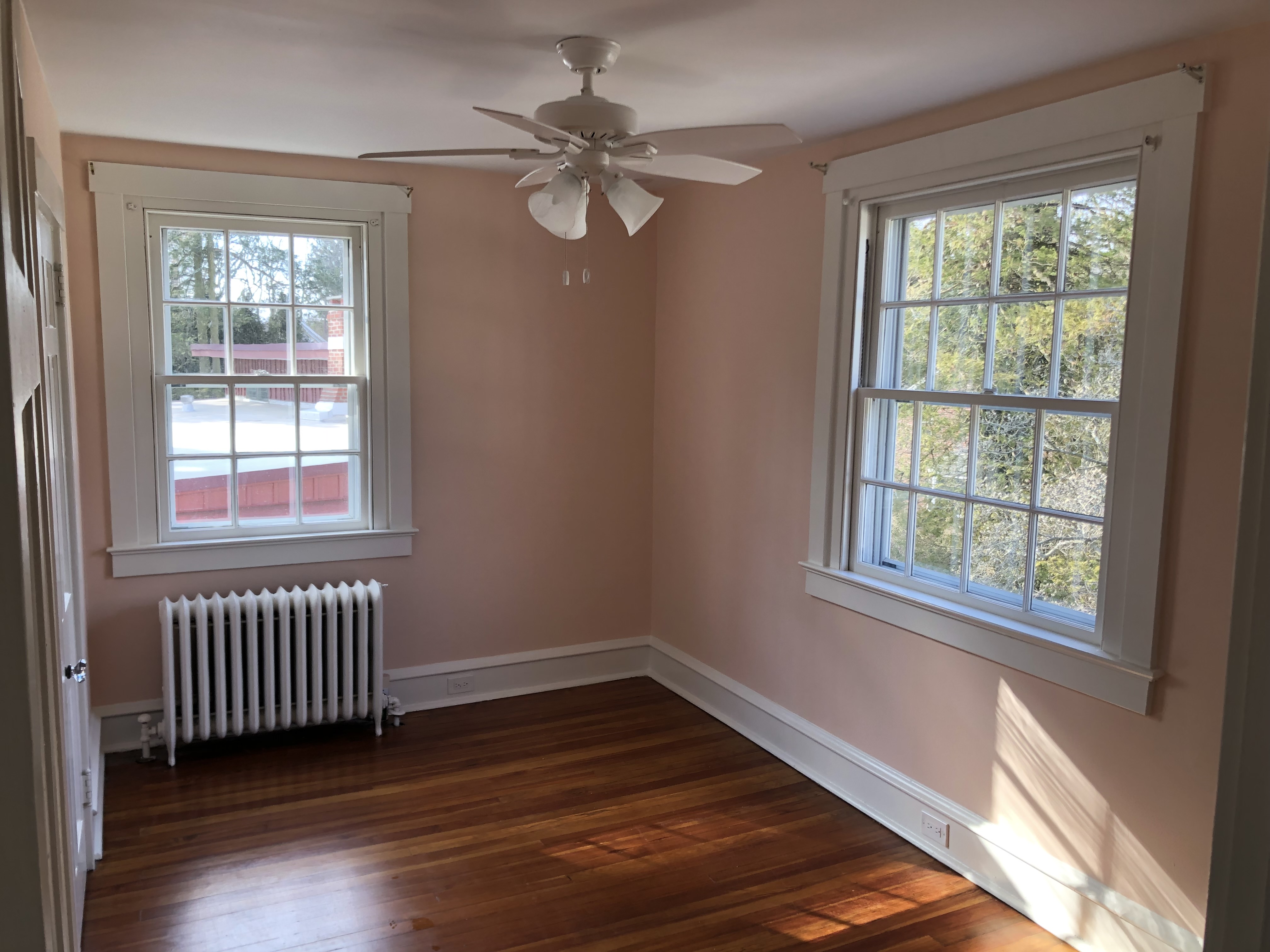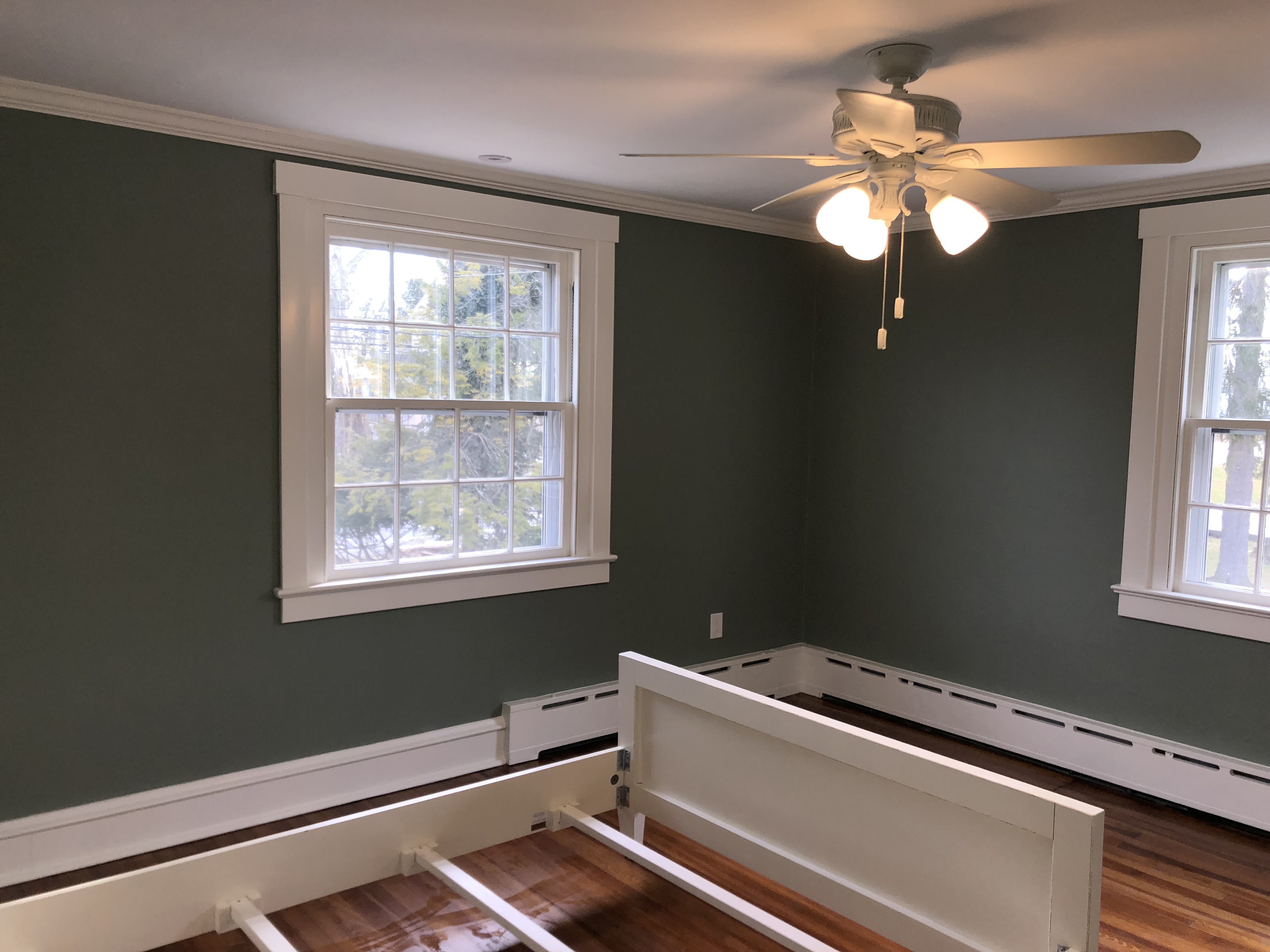
The Ultimate Guide to Effortless Wallpaper Removal
Are you tired of staring at outdated wallpaper in your home? Removing wallpaper can seem like a daunting task, but it doesn’t have to be. In this blog, we’ll provide easy removal tips to help you get rid of that old wallpaper and prep your walls for a fresh new look. We’ll guide you through identifying your wall type and prepping your room appropriately, as well as provide step-by-step instructions for removing different types of wallpaper. We’ll also offer alternative methods to try if traditional techniques don’t work. Plus, we’ll answer all your questions about wallpaper removal in a Q&A section. With our tips and tricks, you’ll say bye-bye to wallpaper in no time!
Identify Your Wall Type
If you’re planning on removing any wall coverings, identifying your wall type is crucial in determining the best removal method. Make sure to check for any damage to the wall and repair it before proceeding with the removal process. There are various techniques for removing different types of wallpaper, such as using hot water or a steamer. If you’re unsure about how to remove your wall covering, consider hiring a professional wallpaper removal expert. Remember that plaster walls require a different approach than drywall or wallpaper over paneling.
Secondary keyterms used: putty knife, hot water, glue, steamer, scraper, scoring tool, plaster, drywall, adhesive, wallpaper steamer, glue, spray bottle
Prep Your Room Appropriately
To make wallpaper removal easier and avoid any damages in your home during the process, it’s crucial that you prepare your room well beforehand. Start by clearing out the entire room and covering furniture and floors with a drop cloth to protect them. Remember to turn off electricity before beginning the removal process for safety reasons. Wear gloves and goggles when scraping off wallpaper with a putty knife or using a steamer or chemical stripper. Hot water in a spray bottle can also be effective for loosening the adhesive on your wallpaper. By taking these precautions before you begin, you can achieve an easy transformation for your walls without any issues.

How to Remove Wall Covering from Plaster
Removing wallpaper from plaster walls can be a daunting task, but with the right tools and techniques, it can be done without damaging the underlying surface. Plaster walls are delicate and require special care during the removal process. It’s important to use a scoring tool to create small perforations in the paper so that the stripper can penetrate through to the adhesive layer. Once the wallpaper has been removed, it’s important to clean any remaining residue and repair any damage that may have occurred during the process. With patience and attention to detail, you can successfully remove wallpaper from plaster walls without causing any damage.
How to Remove Wall Covering From Drywall
Removing wallpaper from drywall can be a challenging task, but it is possible with the right tools and techniques. First, you’ll need to prepare the area by protecting your floors and furniture. Then, use a scoring tool to create small holes in the wallpaper, allowing the wallpaper removal solution to penetrate and loosen the adhesive. After applying the solution, wait for it to soak in before using a putty knife or scraper to gently peel away the wallpaper. Be careful not to damage the drywall underneath. Repeat this process until all of the wallpaper has been removed and then clean up any remaining residue with warm water and soap.
Removing Peelable Paper With Ease
Removing peelable paper can be easy if done correctly. Begin by applying warm water and fabric softener to loosen the paper’s adhesive. Utilize a putty knife or scraper to gently lift the edges of the paper and slowly pull it off in a downward direction to prevent tearing. Use warm water and soap or a commercial paper remover to clean any leftover residue. If needed, consider using a steamer for quicker removal. This DIY project is perfect for homeowners looking for an easy way to give their room a makeover without breaking the bank.
Steamer: An Effective Tool?
A steamer is a useful tool that softens the adhesive, making removal easier and faster. To use it, fill the reservoir with water, wait for it to heat up, and apply steam while wearing protective gear. Multiple passes may be necessary for stubborn paper.
Soak Backing to Soften the Paste
Removing old paper can be a daunting task, especially when it comes to removing the paste. Soaking the backing of the paper is the most effective way to soften the paste and make removal easier. You can use a mixture of warm water and fabric softener or vinegar to soak the backing. This will help loosen the adhesive and make it easier to scrape off the wall-paper with a scraper or putty knife. Remember to work in small sections and be patient, as this process may take some time depending on the amount of paste buildup.
Use a Putty Knife With More Stubborn Pieces
Removing stubborn paper coving can be overwhelming but using a putty knife is one effective technique you can try. Before starting make sure that you have taken the necessary precautions like covering baseboards and electrical outlets with painter’s tape and placing drop cloths on floors. Start at a corner and use light pressure as you slowly lift the top layer of the paper with a putty knife. Grasp it firmly with your fingers as you continue scraping gently. Soon all layers will be removed leaving behind beautiful clean surfaces.
Prep Before Painting or Putting on New Wall Covering
Preparing your walls before painting or re-wall-papering is crucial for a successful home improvement project. After removal, use warm water and sandpaper to smooth out any remaining residue from plaster walls. It’s also important to use painter’s tape and drop cloths to protect baseboards and electrical outlets from damage during the makeover process. For a DIY approach, mix fabric softener with hot water as an effective homemade remover. Explore different types of wallpaper removal solutions like scoring tools, scrapers, and gel solutions based on the type of paper in your laundry room or another area of your home.
Backing Removal From Wallpaper Glue
Removing backing from wallpaper may seem like an overwhelming task, but with these simple wallpaper removal expert tips, you can do it effortlessly. Start by creating tiny holes on the wallpaper’s surface using a score tool to let the wallpaper removal glue solution penetrate better. For this solution, mix warm water, fabric softener, and white vinegar in equal parts – an effective homemade alternative. Apply it using a sponge or sprayer and let it sit for a few minutes. Then use a putty knife or scraper to gently remove glue residue while being cautious not to damage your plaster or drywall underneath.
How to Remove Adhesive From Your Walls
If you want to apply a new coat of paint or paper on your walls, removing the paper adhesive should be your first step. Using a steamer, vinegar mixed with hot water, or heat with a hair dryer or heat gun while scraping off the adhesive with a putty knife are some of the methods that can help you get rid of it. If that doesn’t work for you, consider using a commercial adhesive remover, but make sure to follow the manufacturer’s instructions carefully and test on a small area before attempting to remove adhesive from larger areas of your wall.
Dealing With Vinyl Paper Removal: Tips and Tricks
If you’re struggling to remove vinyl paper off your walls, don’t worry! With a few simple tools and techniques, you’ll be able to get rid of that old paper and give your room a fresh new look. Begin by using a scoring tool to create small holes in the covering. A solution of hot water and fabric softener can then help loosen the adhesive holding the paper in place. Gently lift up on an edge with your putty knife or scraper until the entire top layer comes off easily. For tough spots, try using a steamer or spray bottle filled with hot water. Once you’ve got all of your old paper removed, be sure to clean any leftover glue residue with warm water and vinegar.
Achieving an Easy Wallpaper Removal With a Gel Solution
Want to give your room a new look with fresh wallpaper but struggling with removing the old? Don’t worry! The easiest way to remove old wallpaper without damaging the plaster or drywall is by using a gel solution. This type of paper removal technique involves using a gel that penetrates the top layer of paper and dissolves its adhesive properties. You can then use a scraper or putty knife to remove the top layer of paper, followed by wetting the bottom layer with hot water and gently scraping it off. Protect your surfaces with drop cloths and painter’s tape, and don’t forget to remove outlet covers first!

Wallpaper Removal Service in old Kensington in Philadelphia County
If you’re looking for a professional removal service in Old Kensington, Philadelphia County, you have a few options to choose from. These services specialize in safely and efficiently removing old paper from walls without causing damage when you remove wallpaper surface. Color House Painters offer additional services such as wall preparation and painting. Be sure to do your research and hire a reputable company with experience in this area to ensure the best results. If your around Rittenhouse Square and Chestnut Hill, Philadelphia. We are that wallpaper removal near me company you want to hit up. Expert Services!
Conclusion
Removing wallpaper can be a daunting task, but with the right tools and techniques, it can be done efficiently. Whether you have traditional wallcovering, peelable paper or vinyl paper, our comprehensive guide covers all the methods to help you get rid of it. Remember to prepare your room before starting the process and be cautious when using chemical strippers, hot water, or steamers. Once the wallpaper is removed, clean off any adhesive and prep your walls for painting or re-wall-papering. Have more questions? Need professional wallpaper removal expert help? Contact us for a hassle-free solution.
